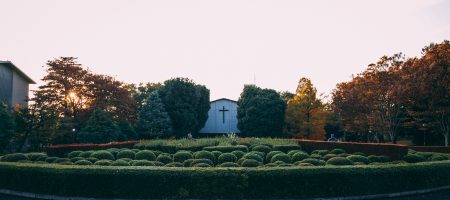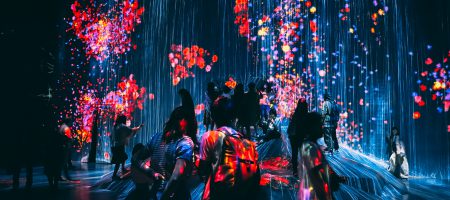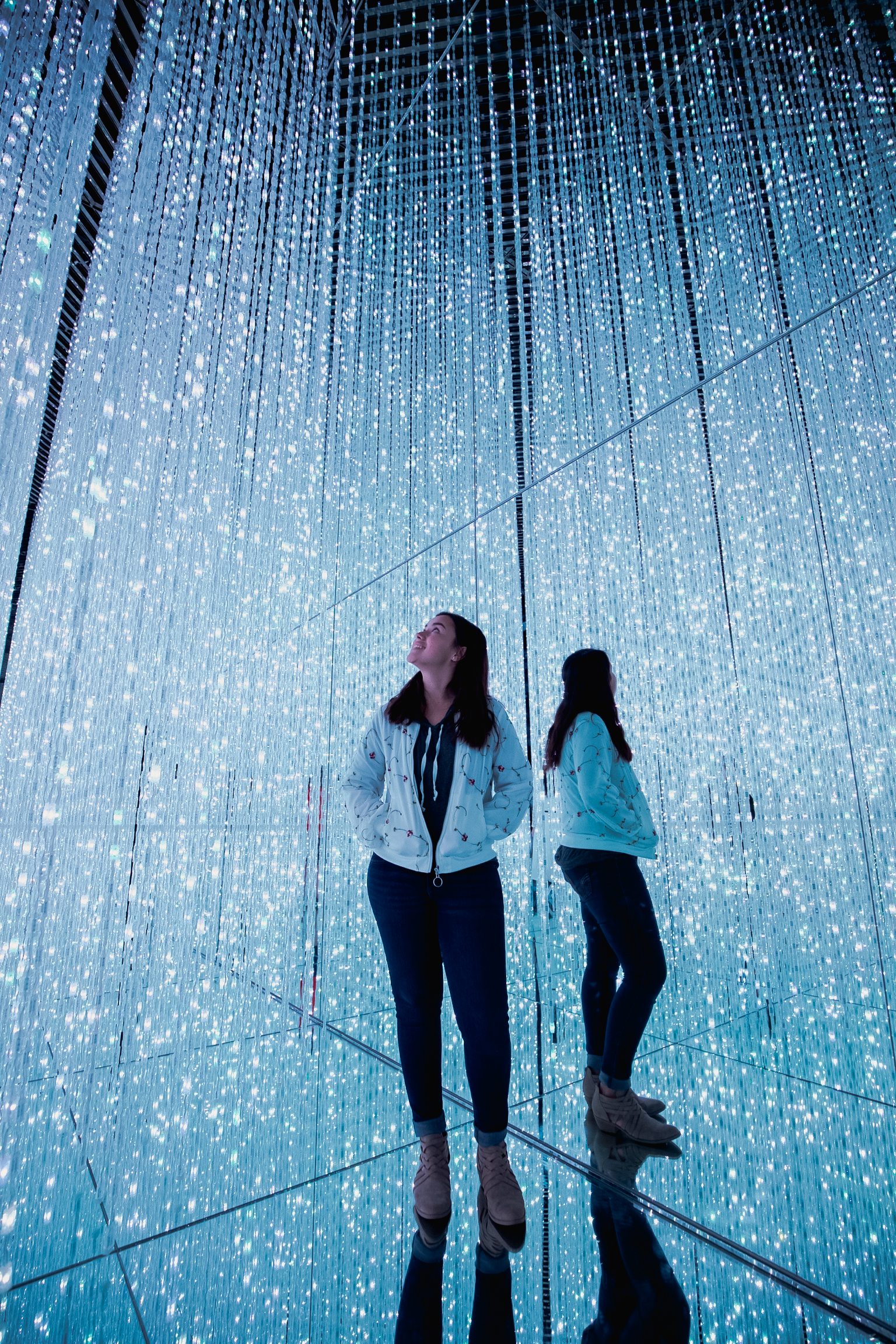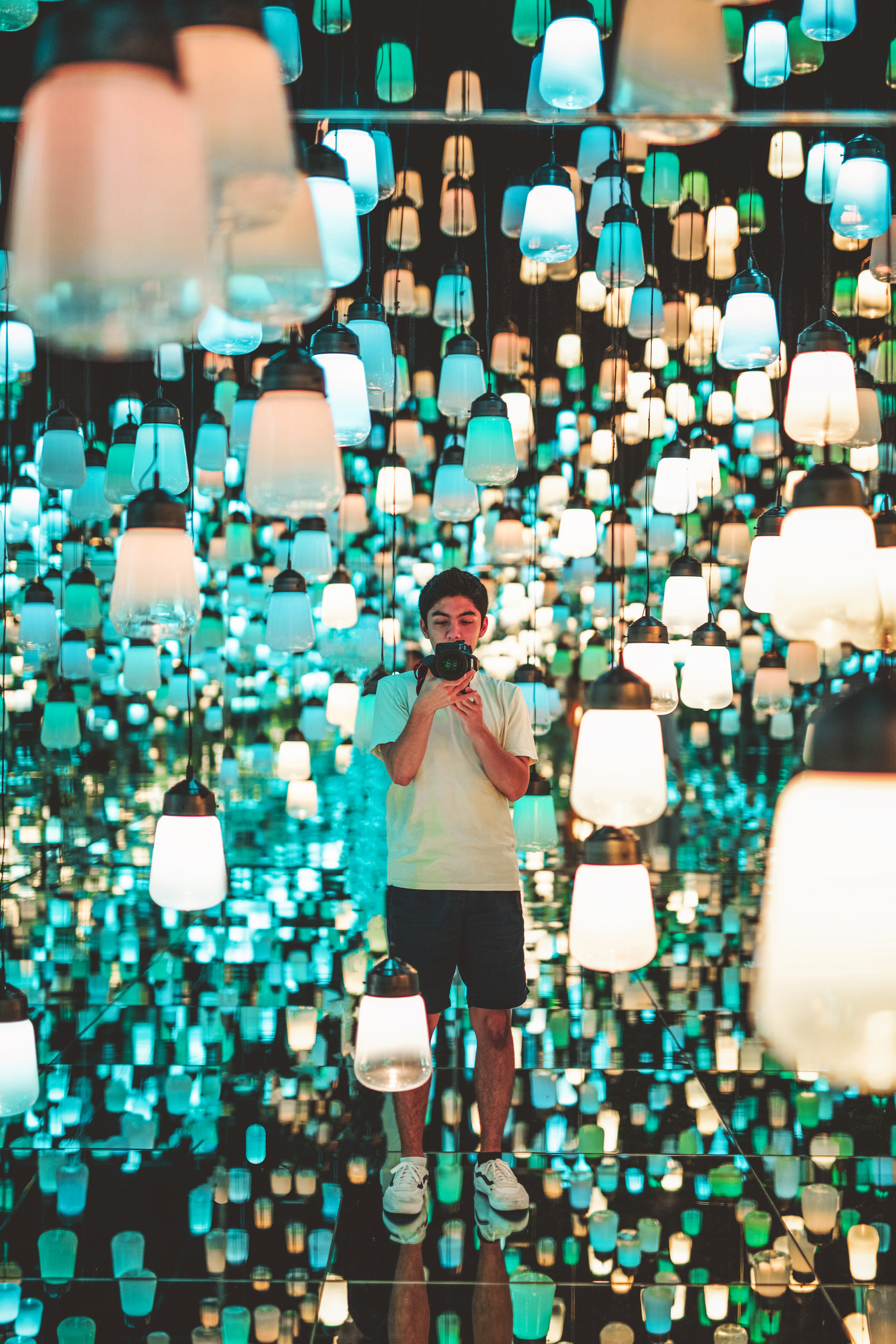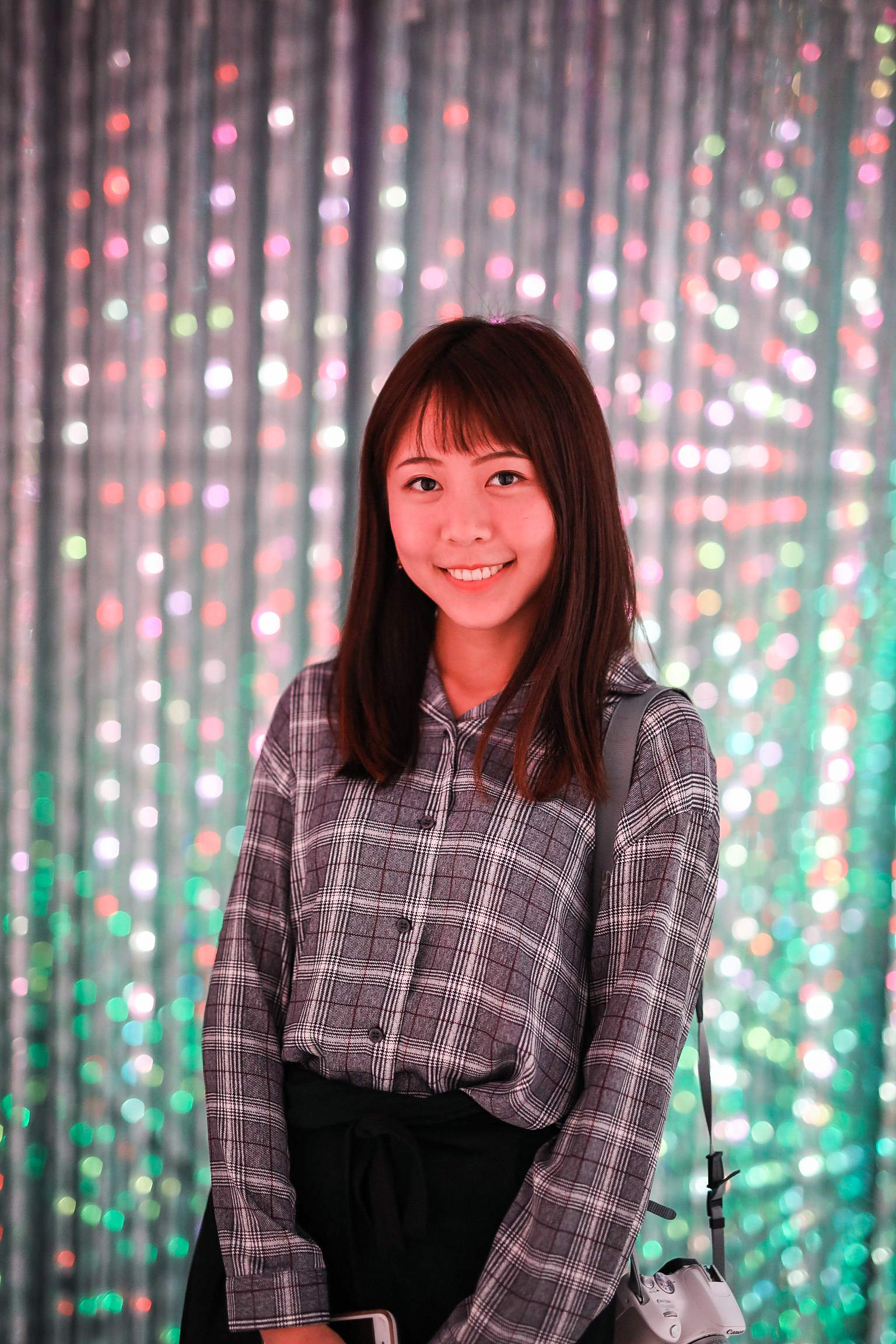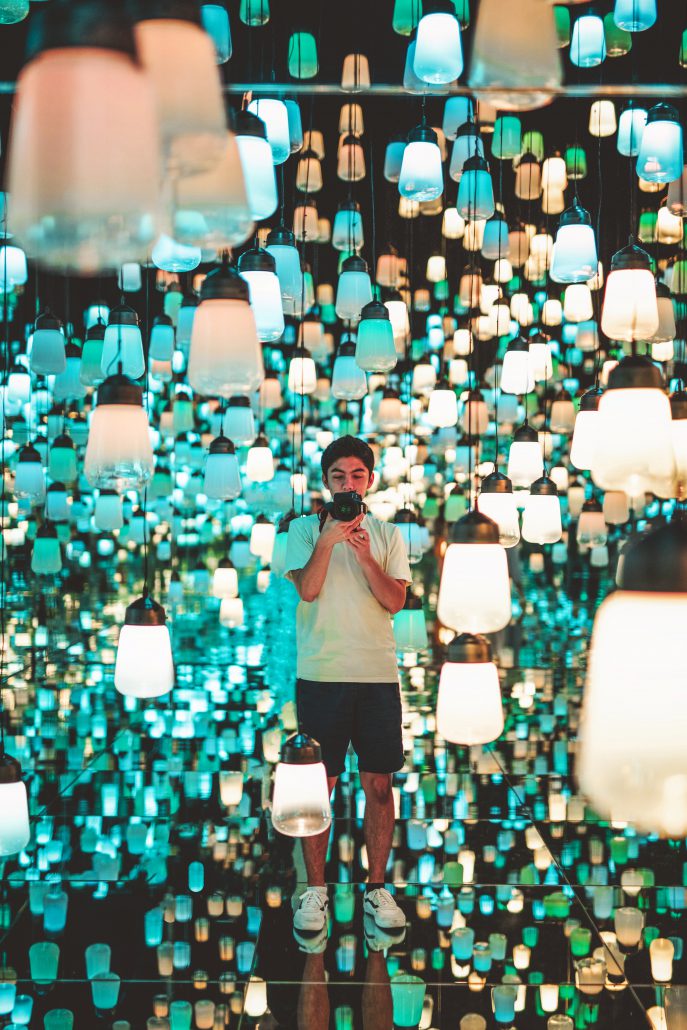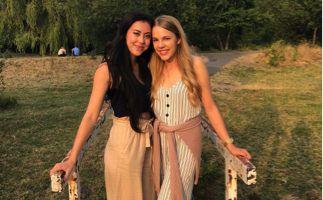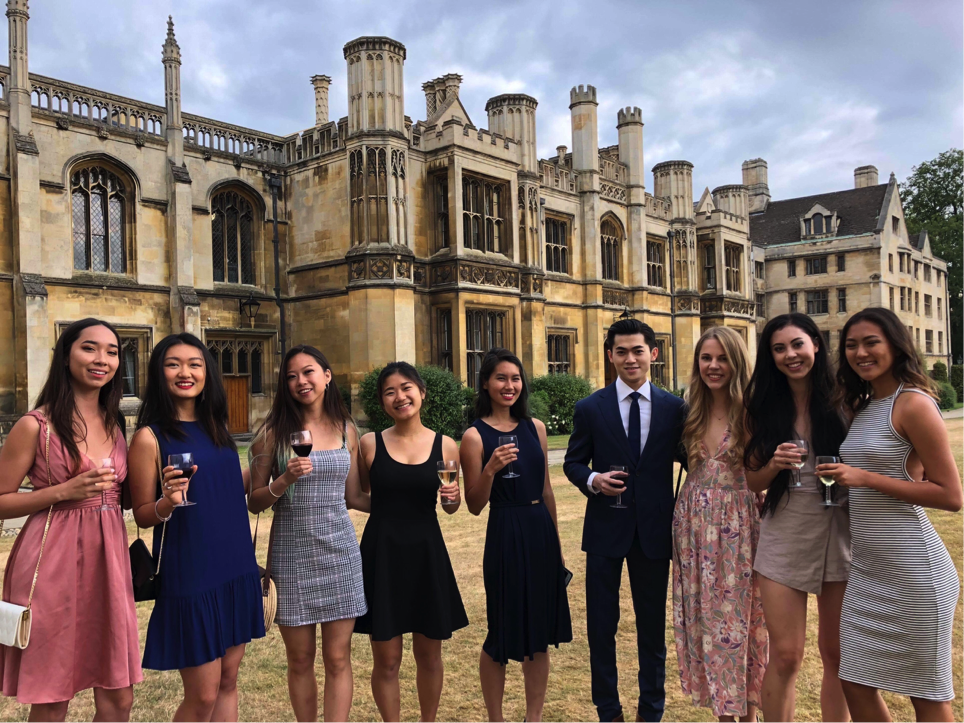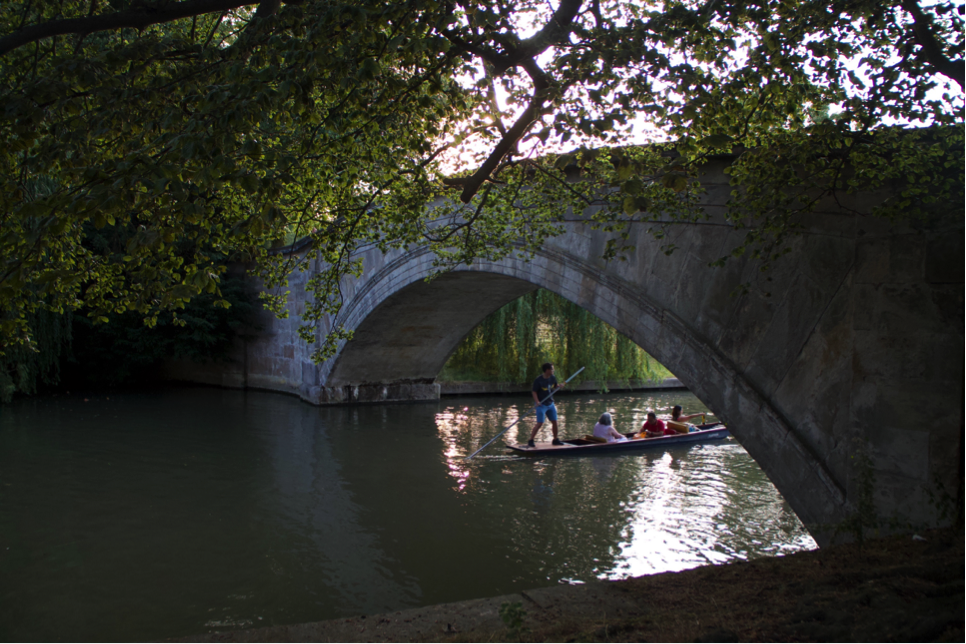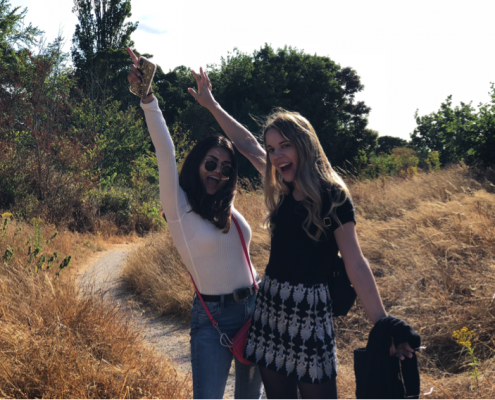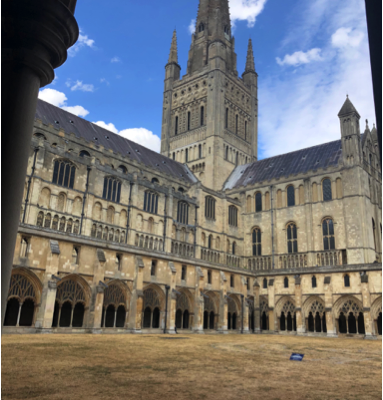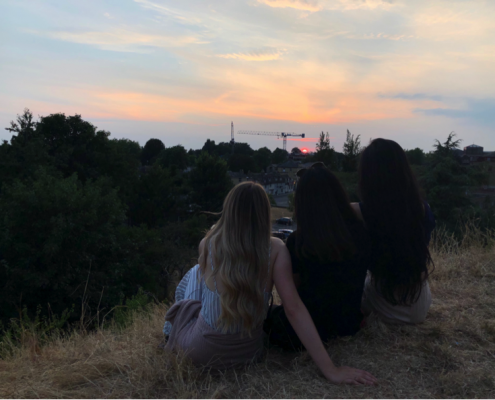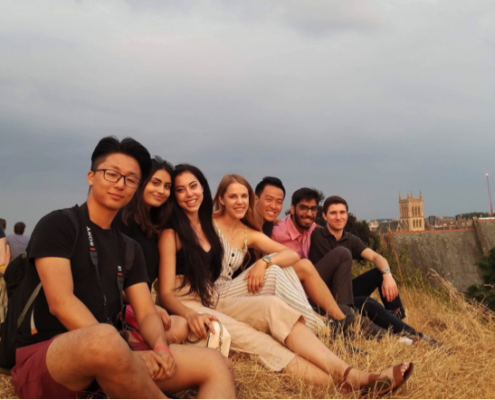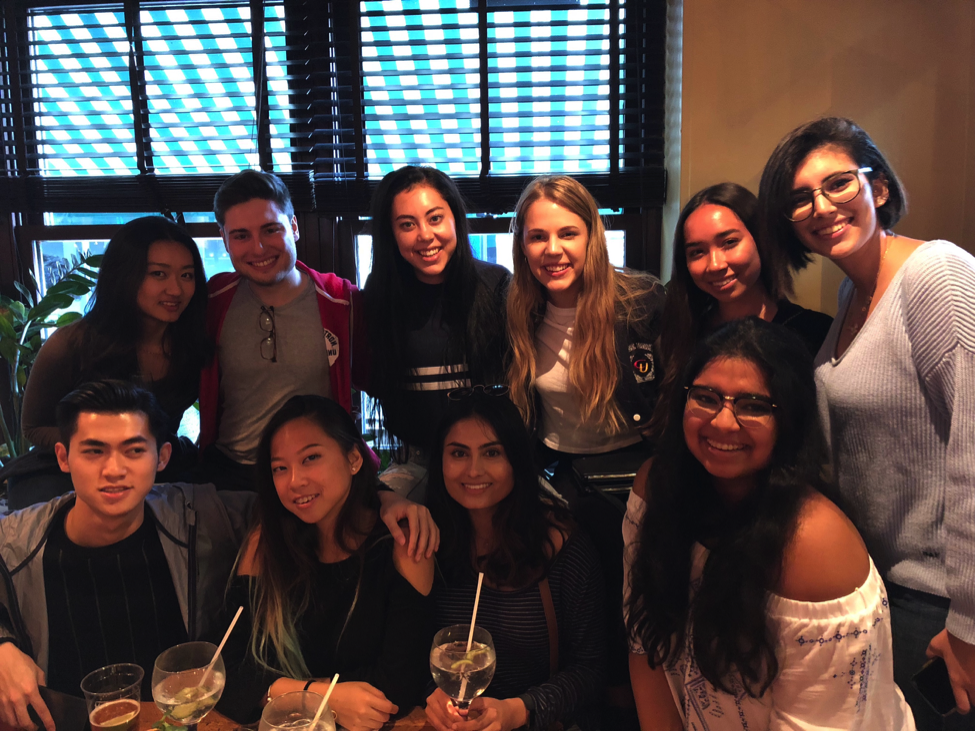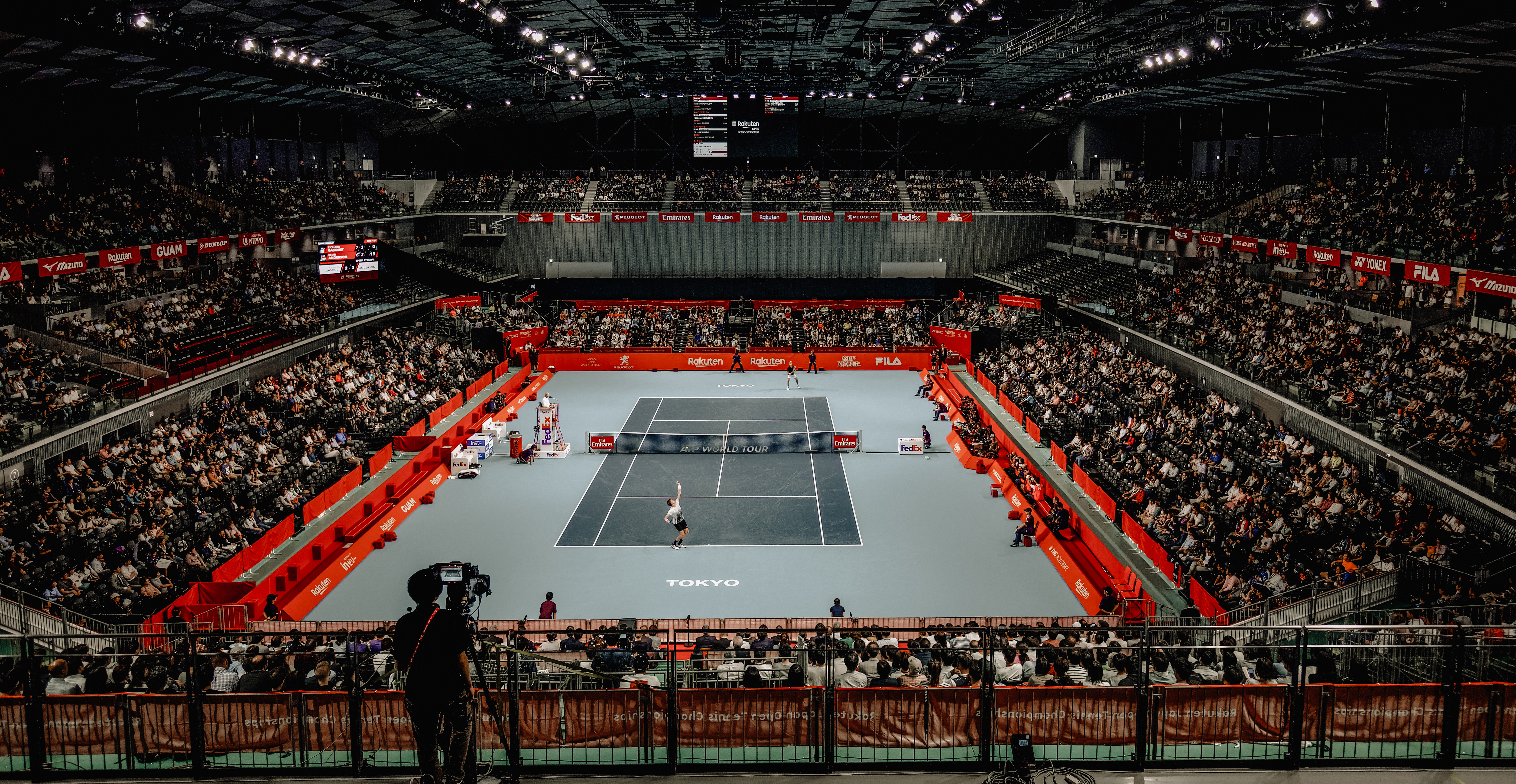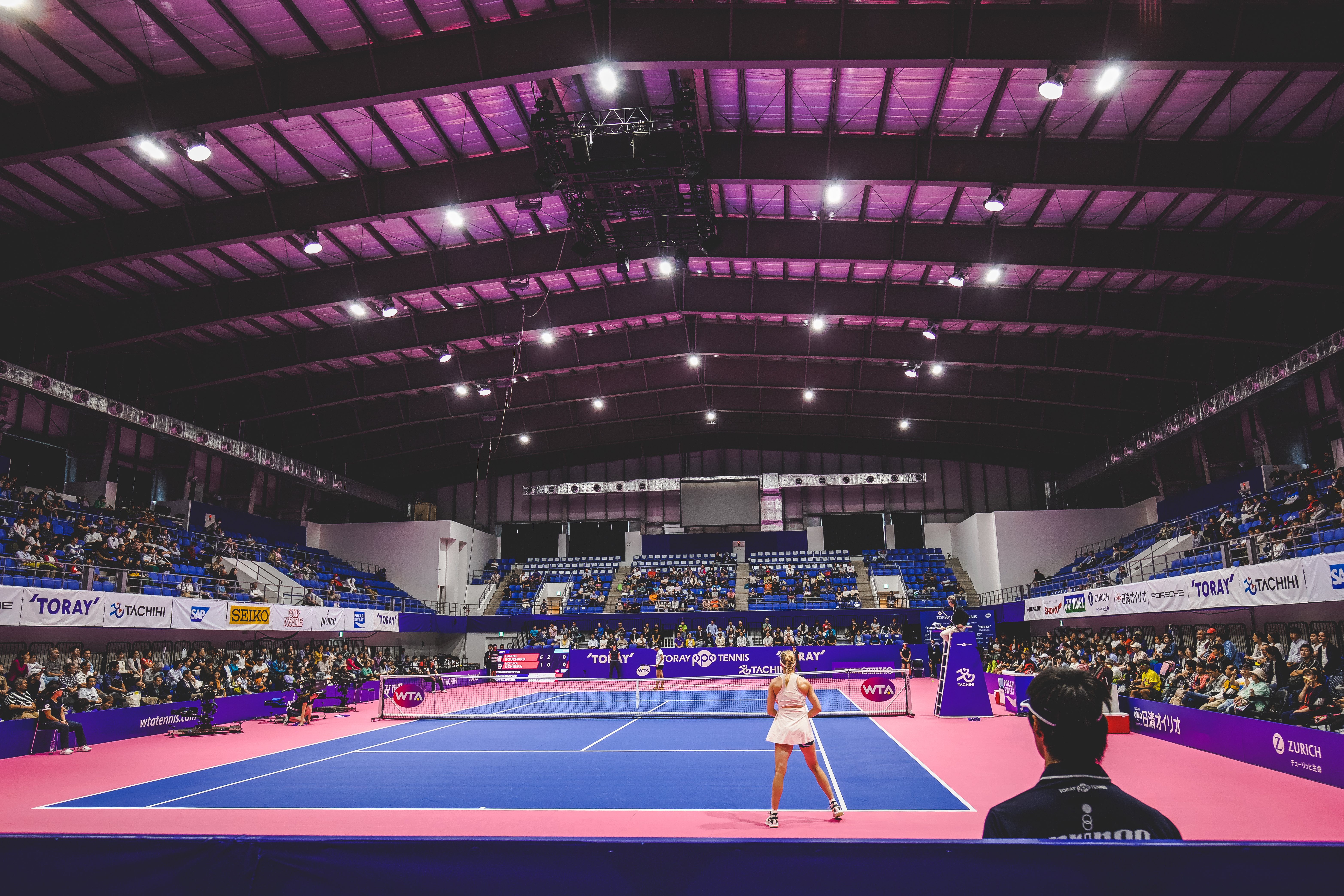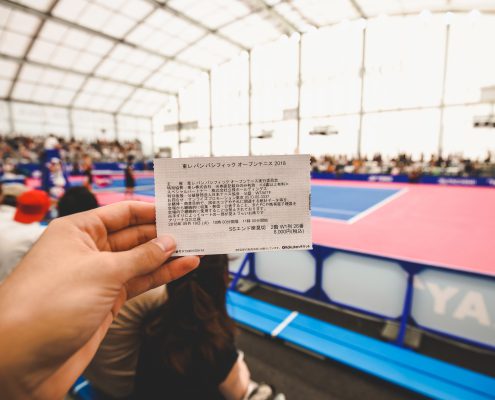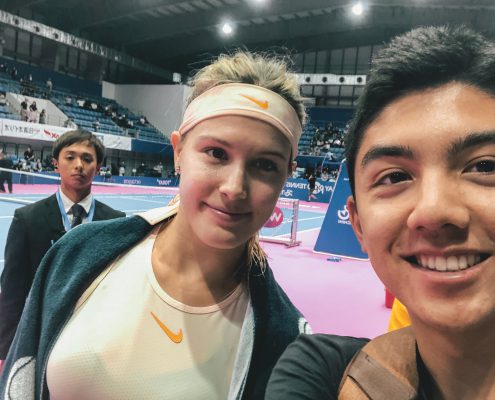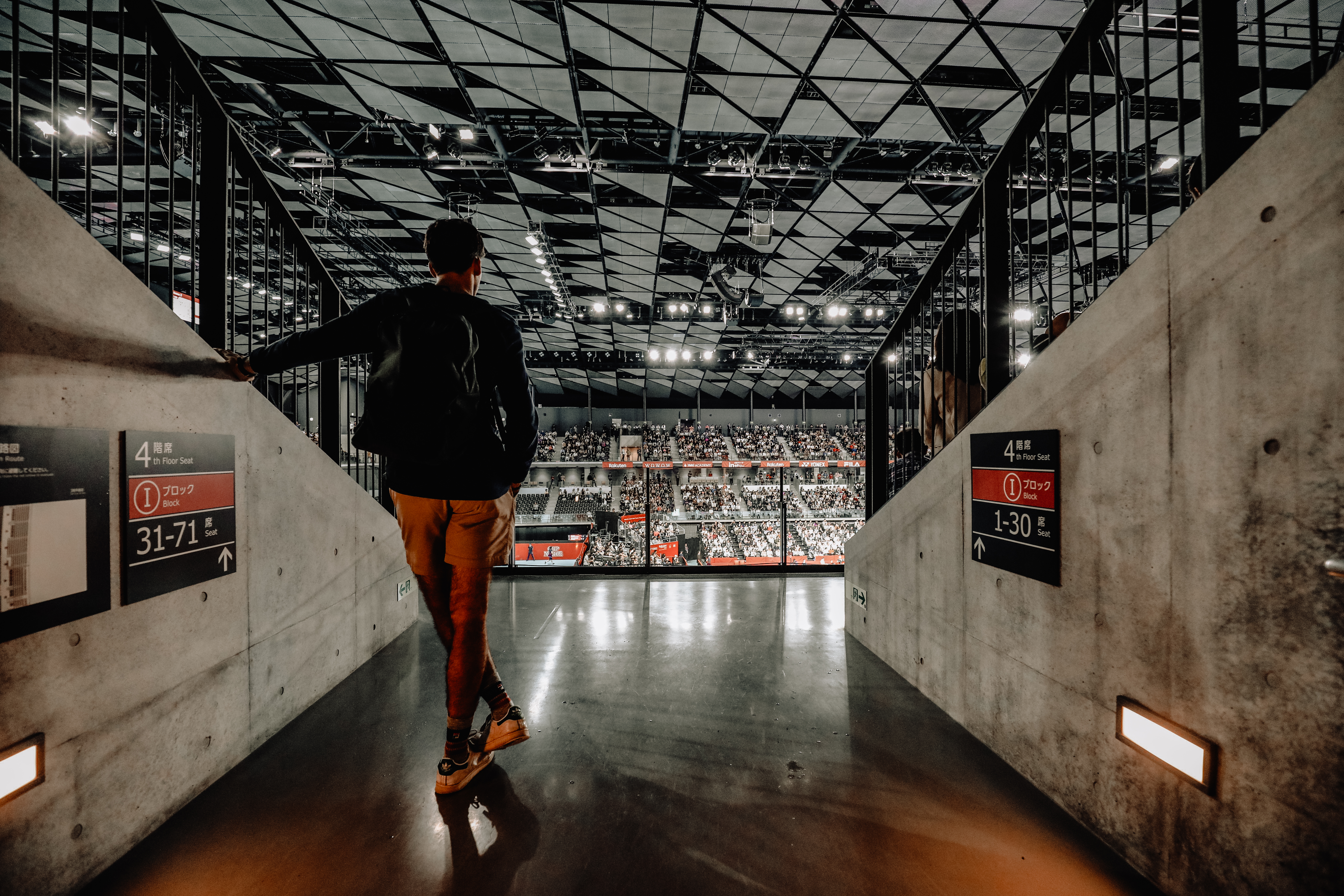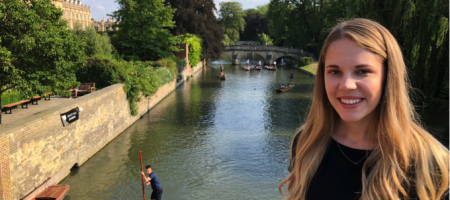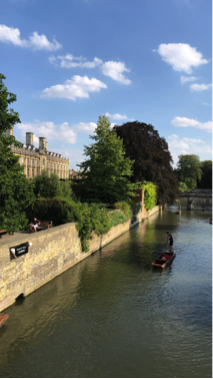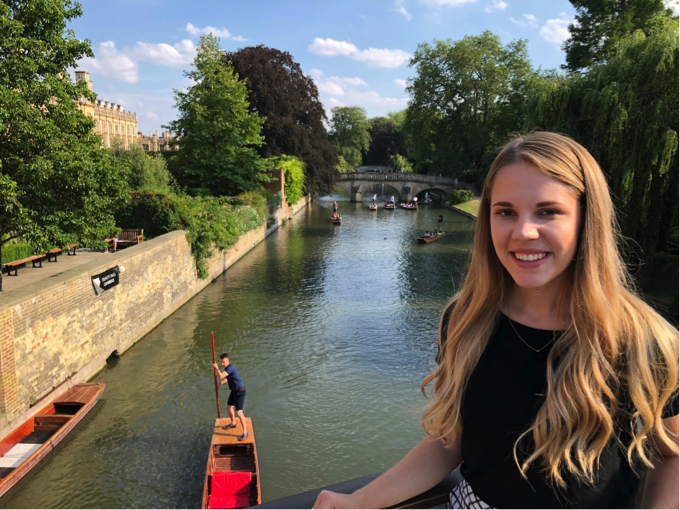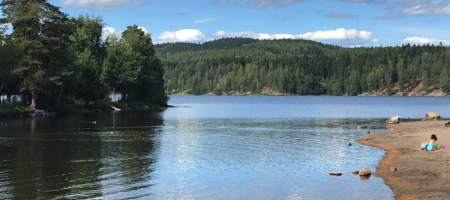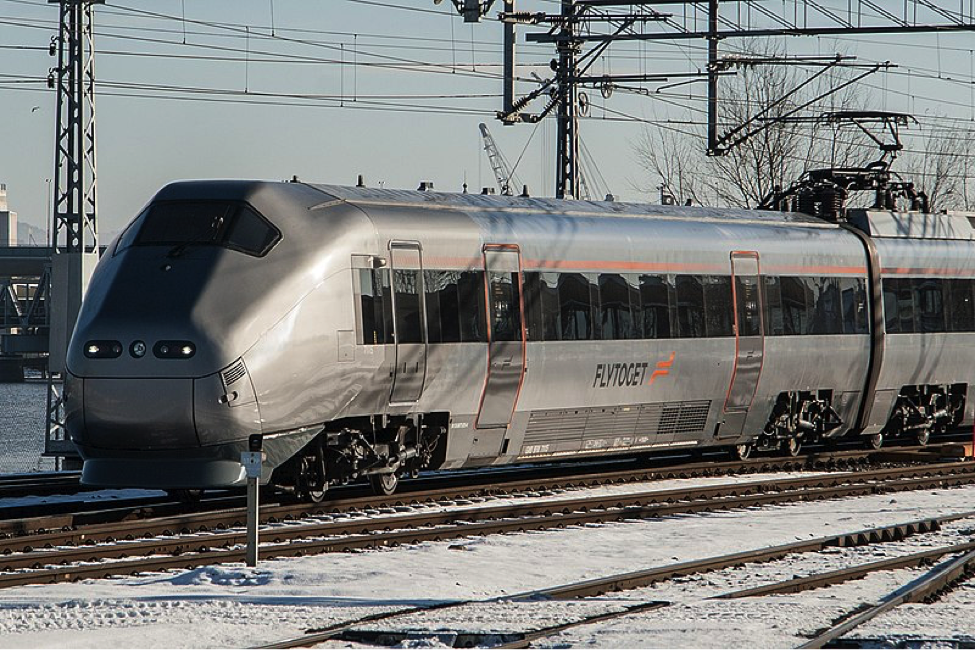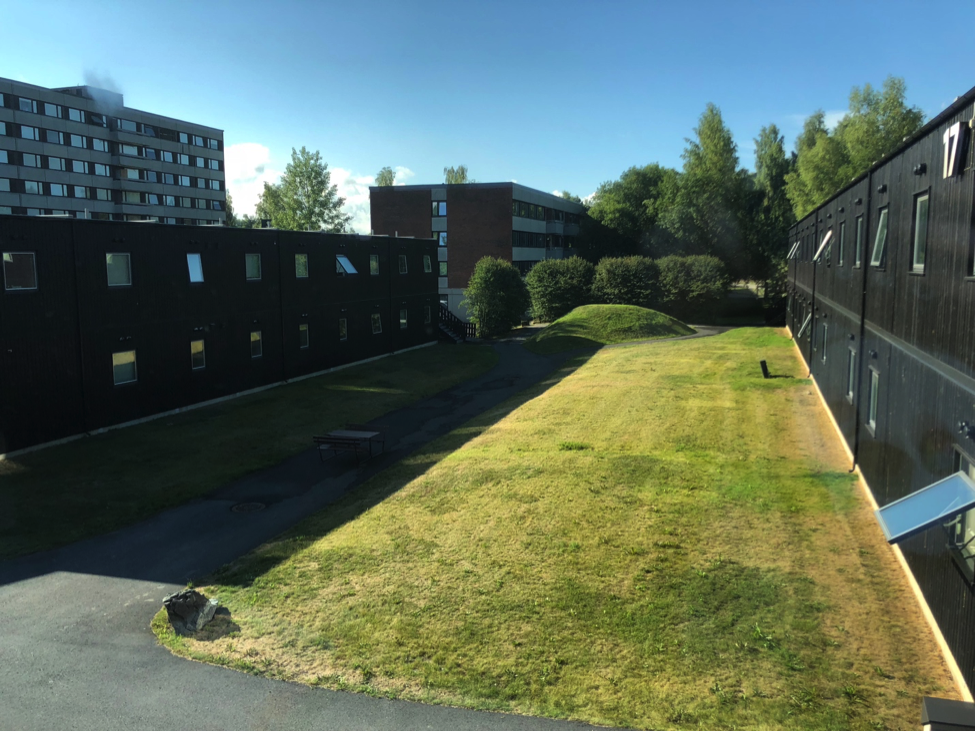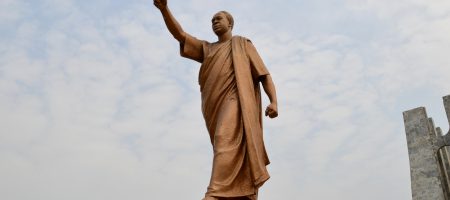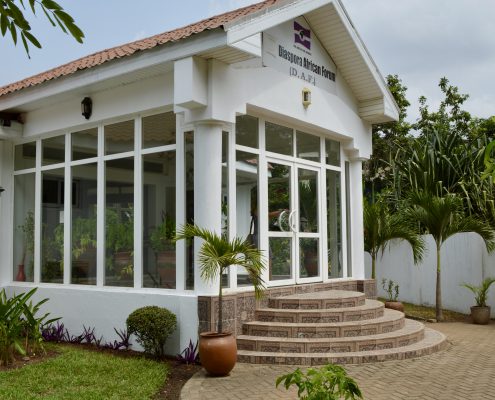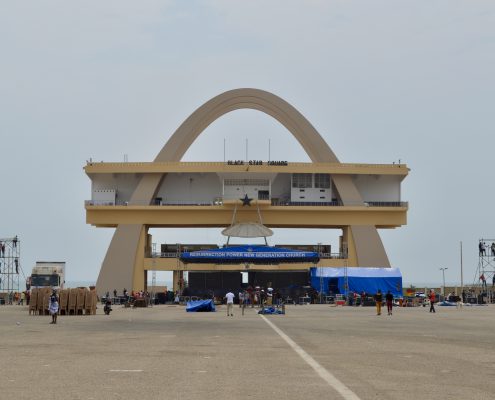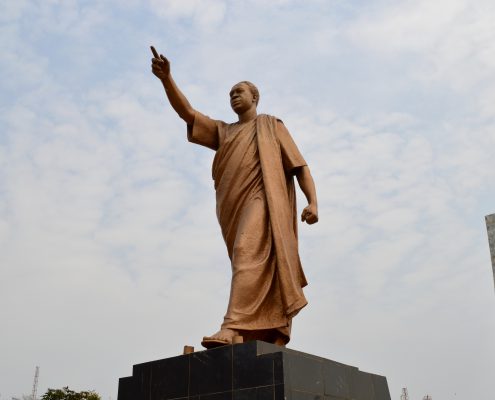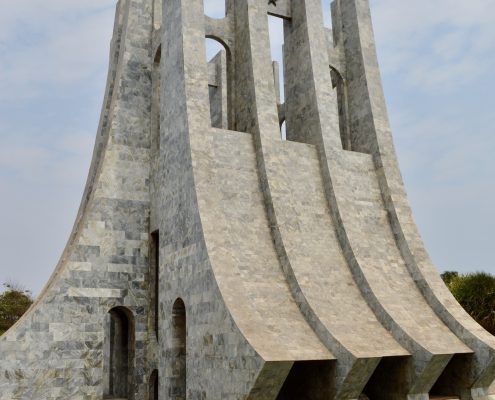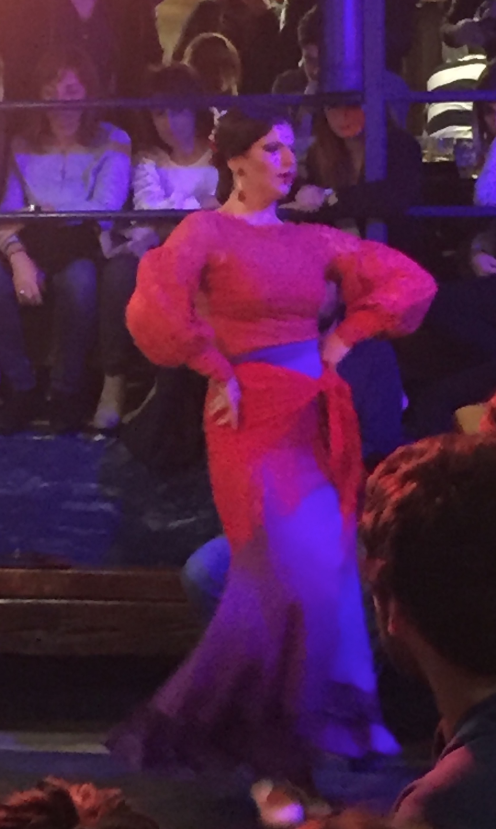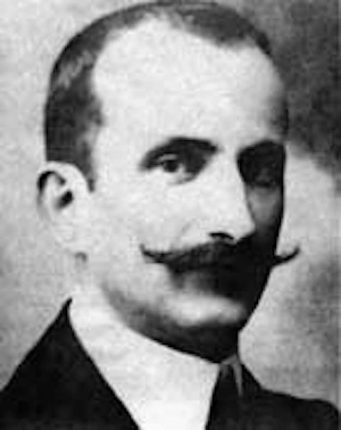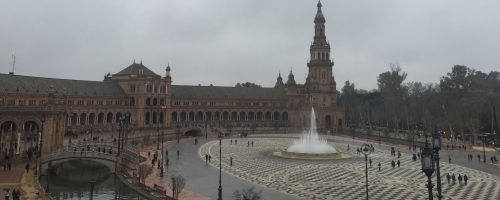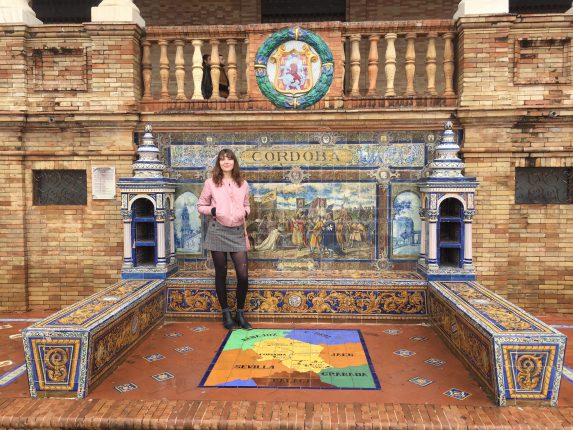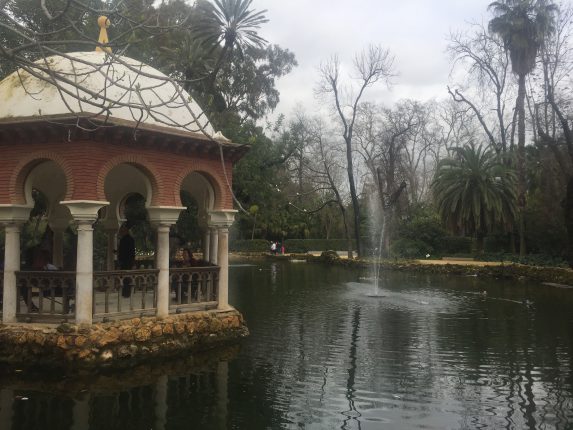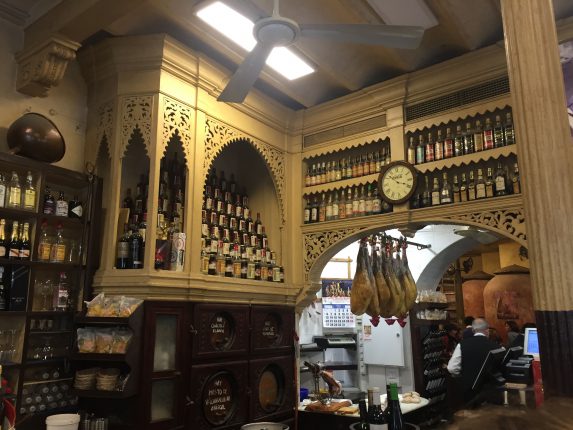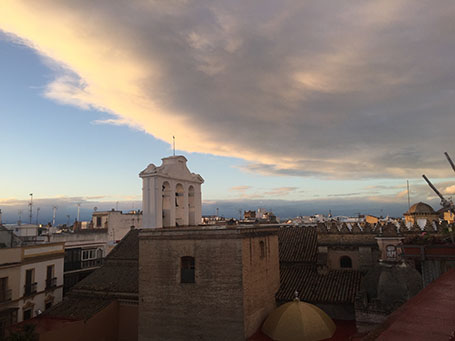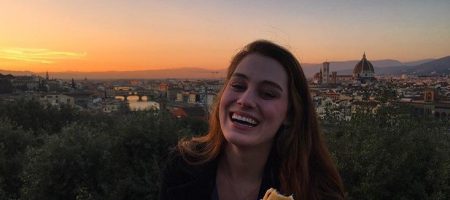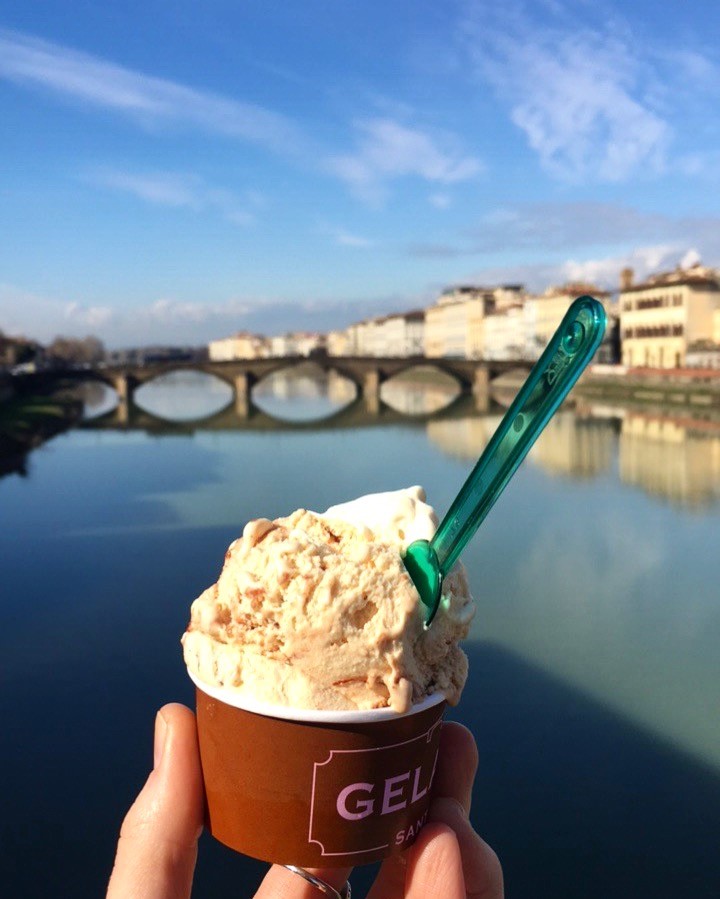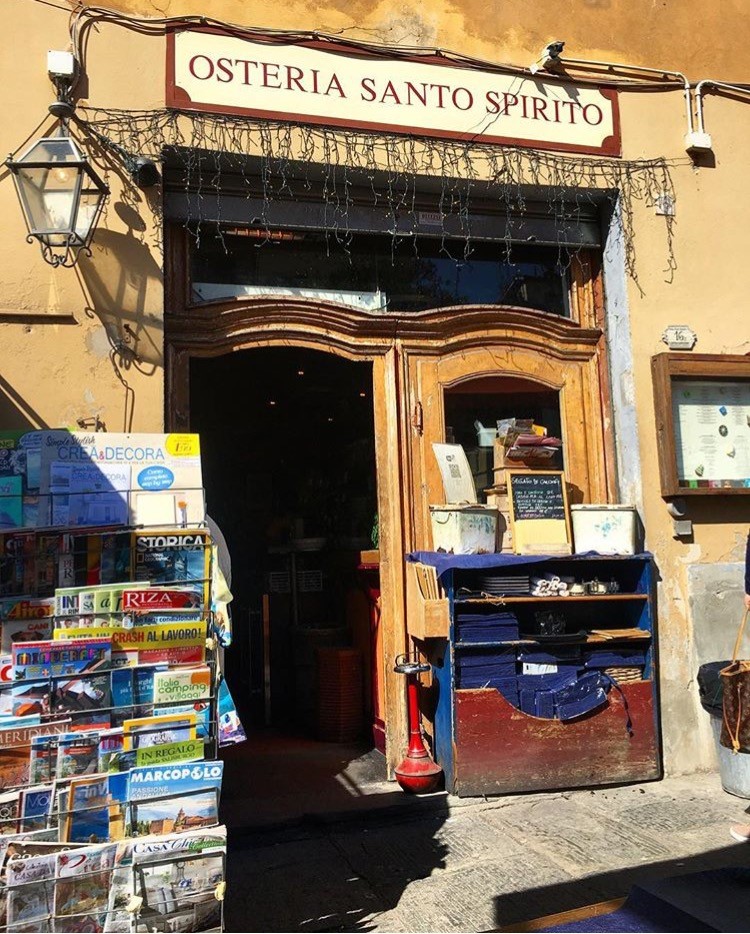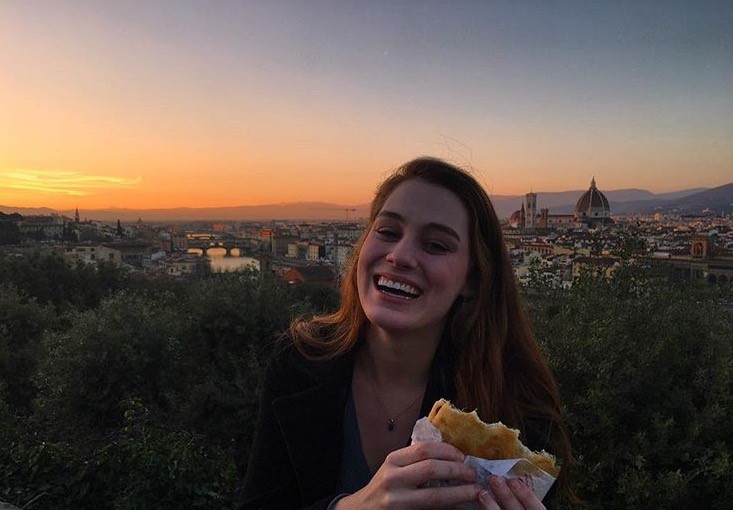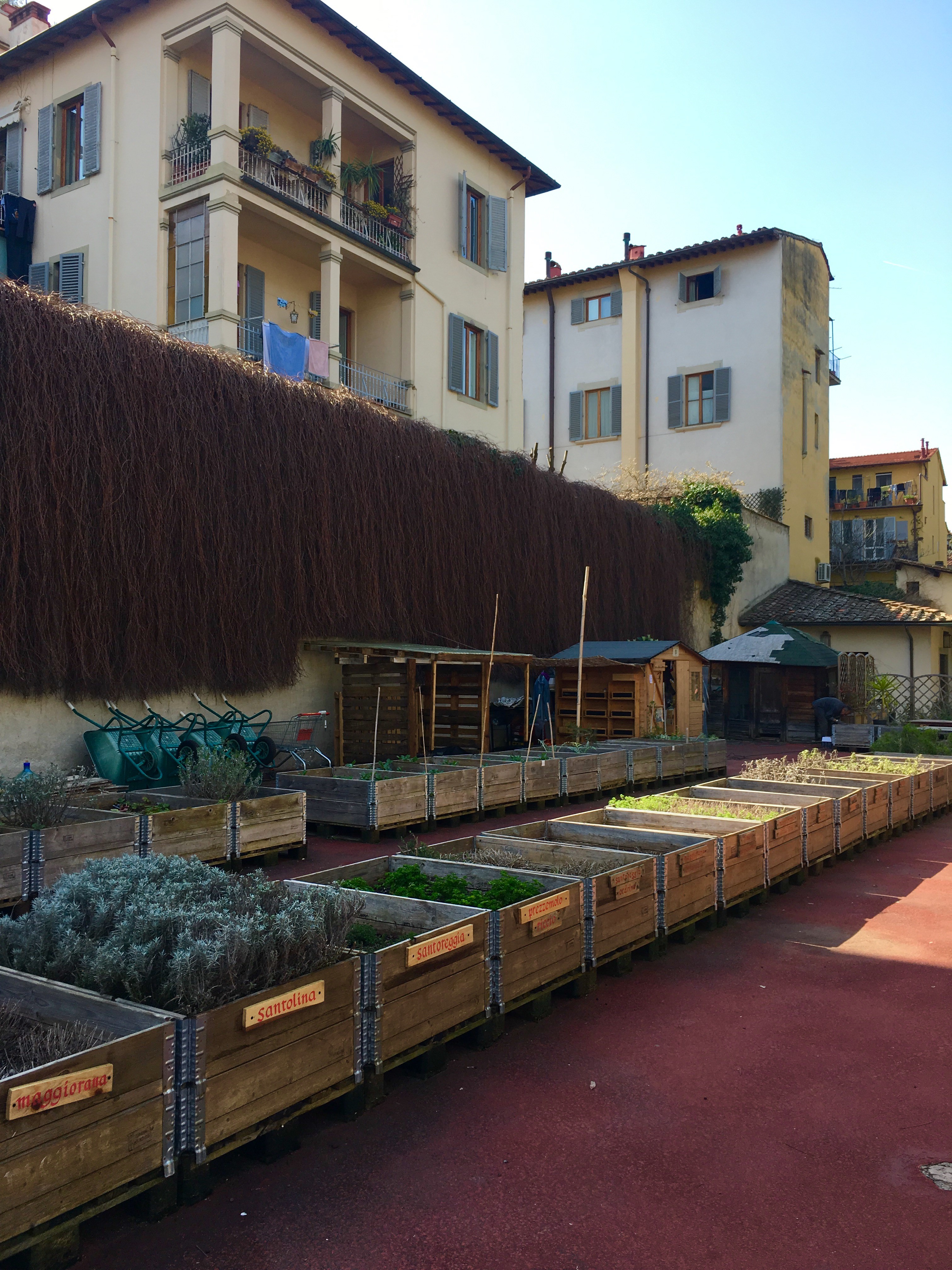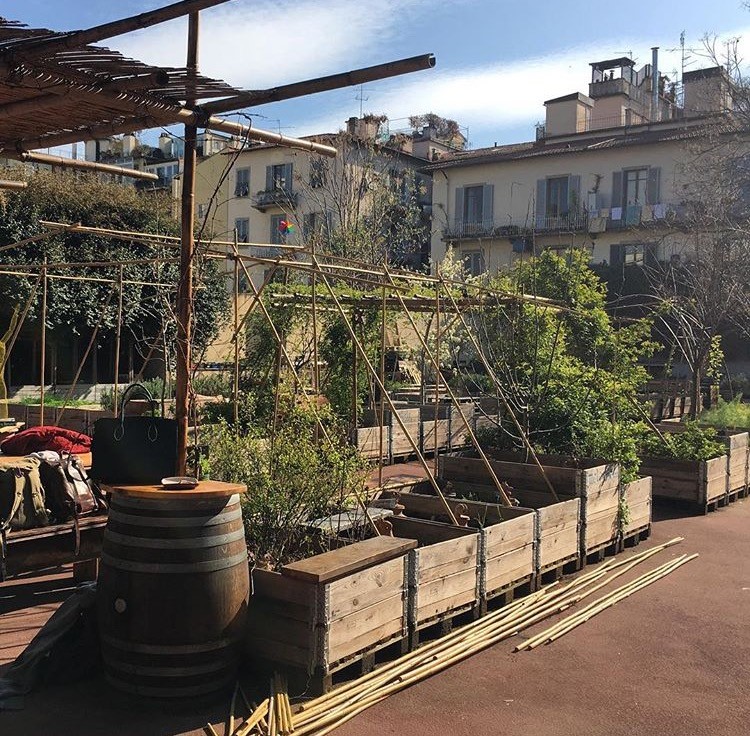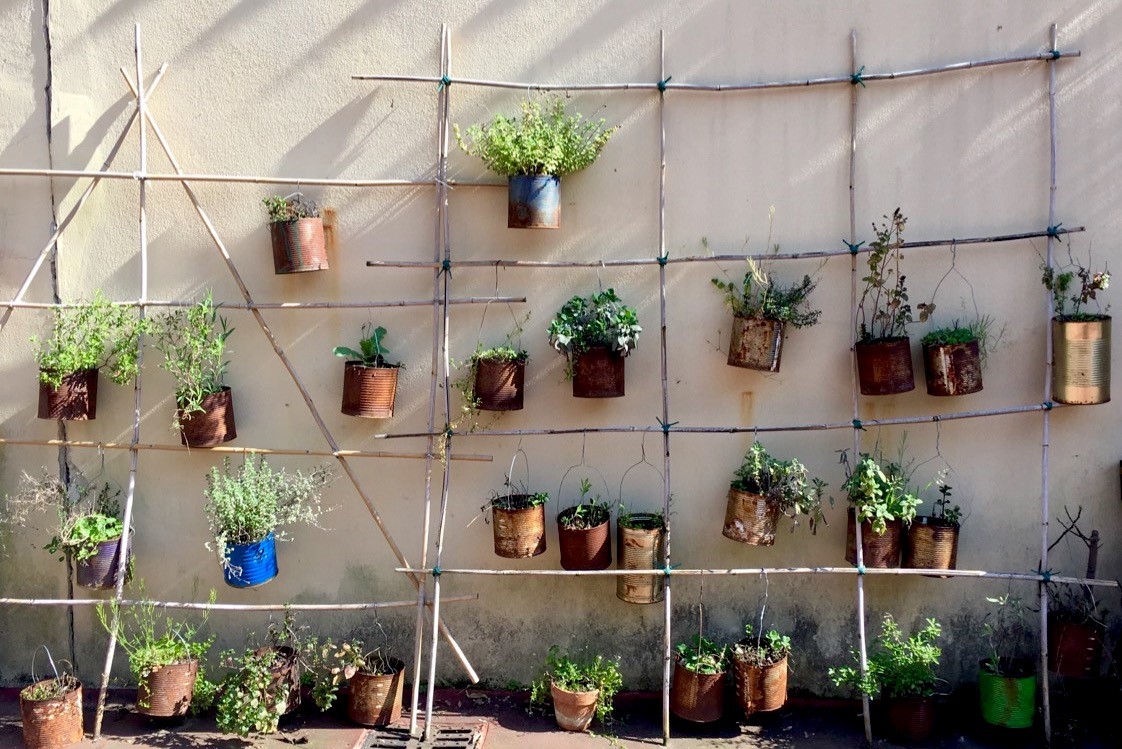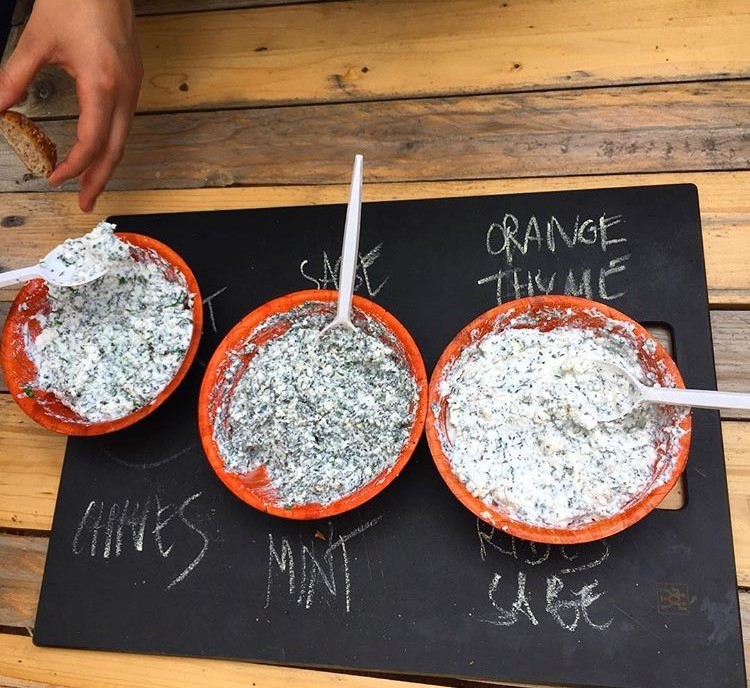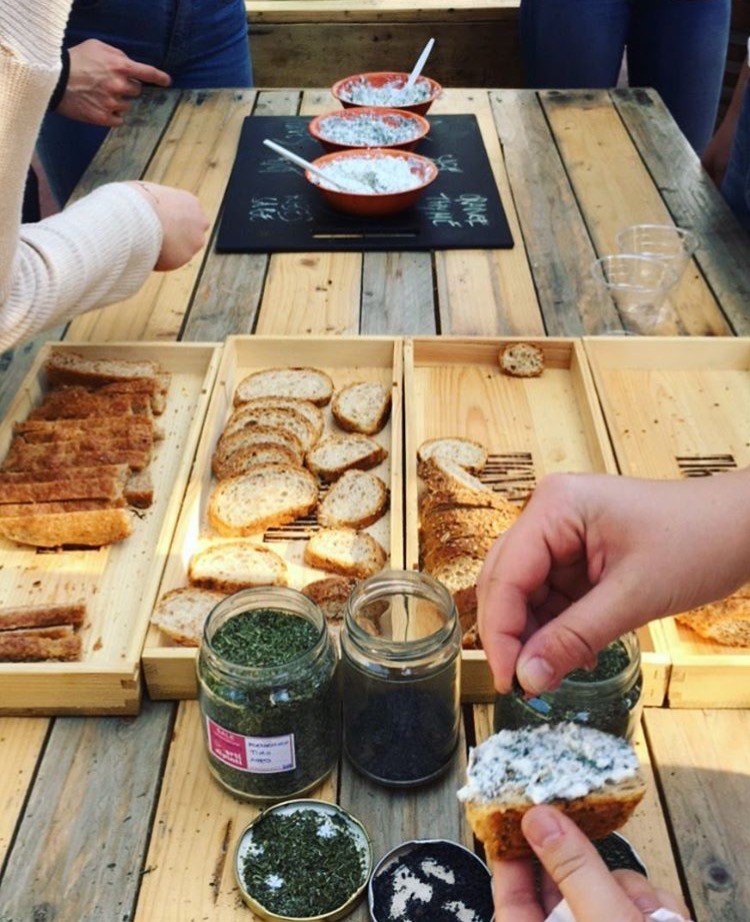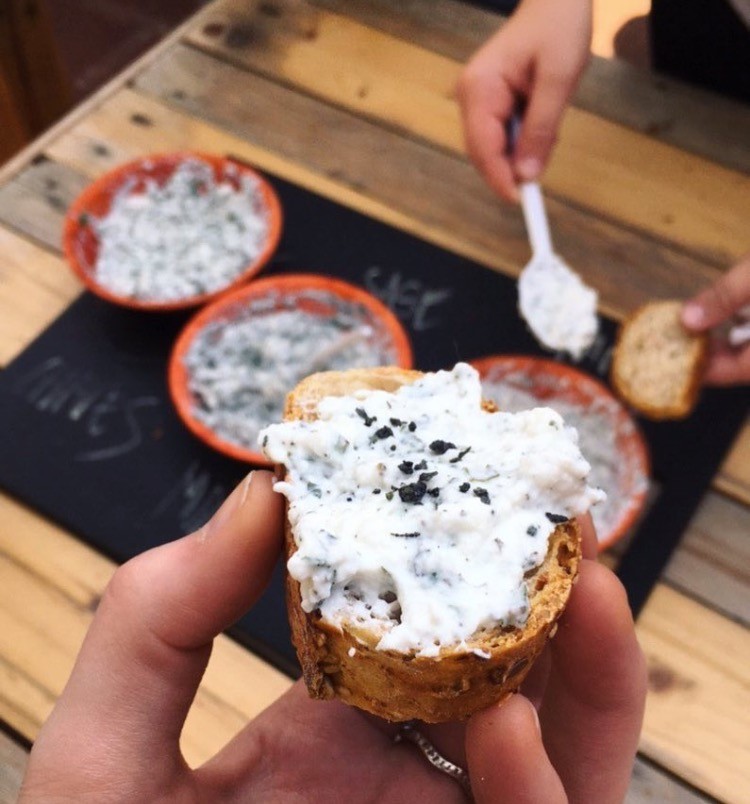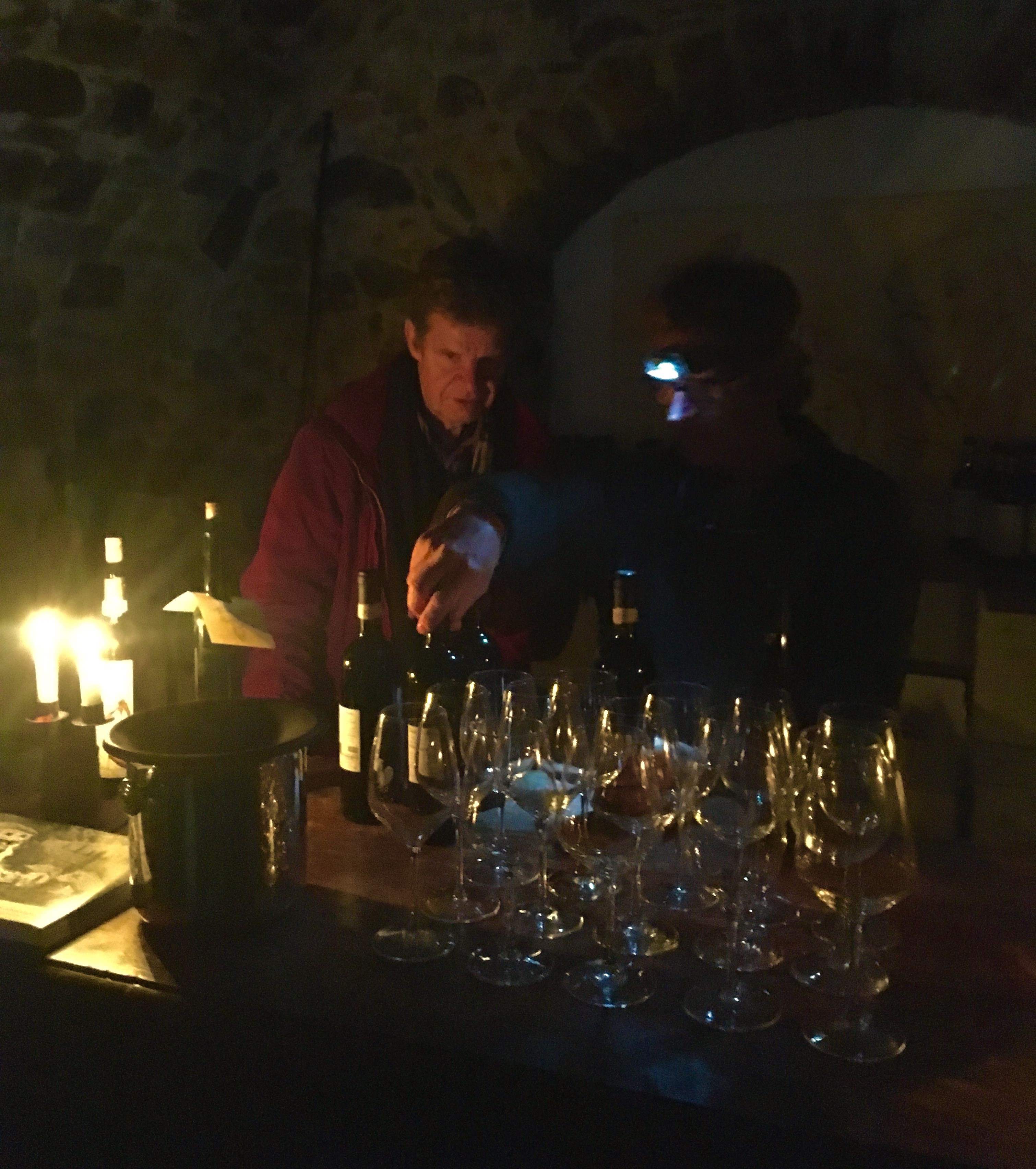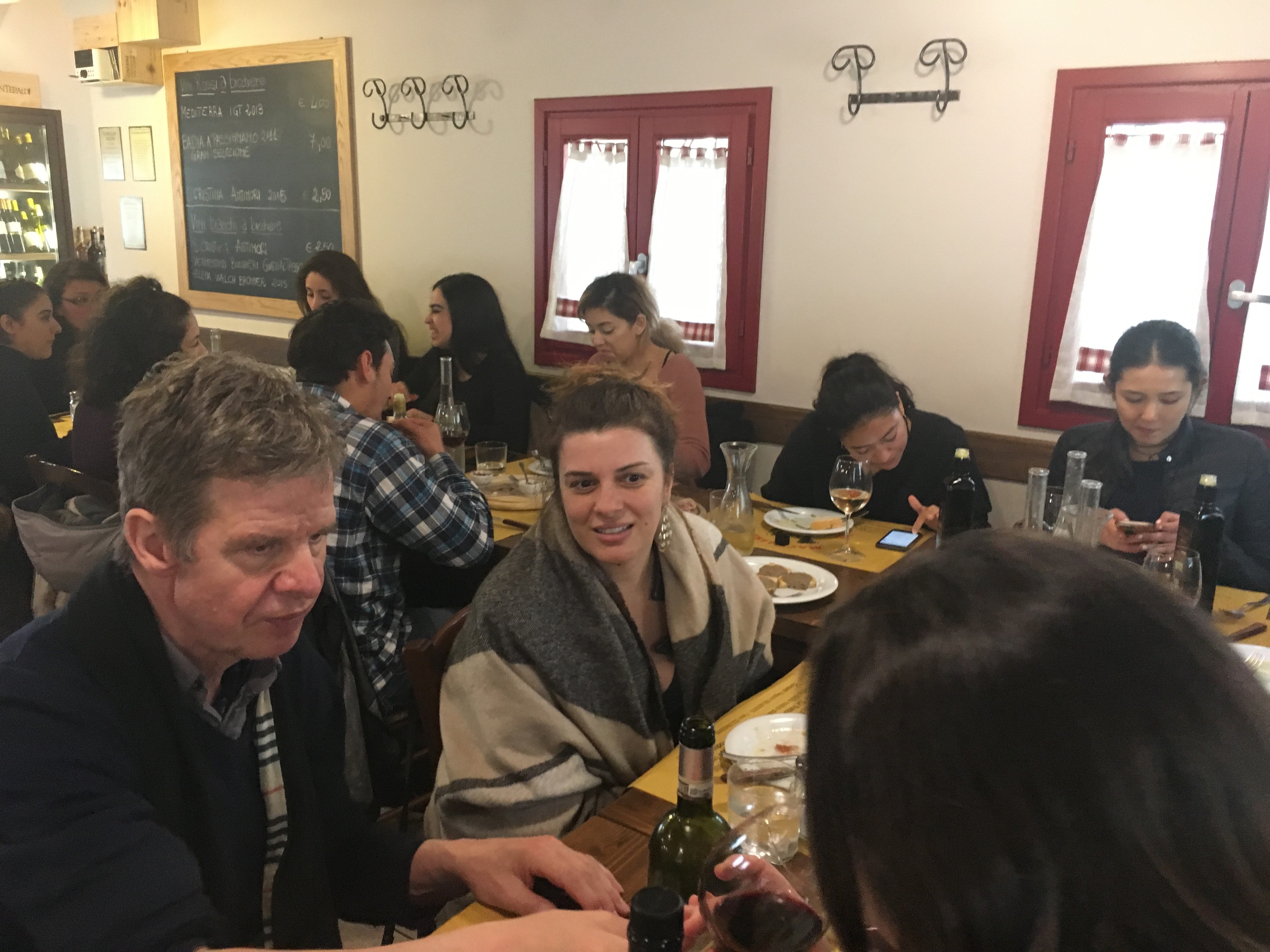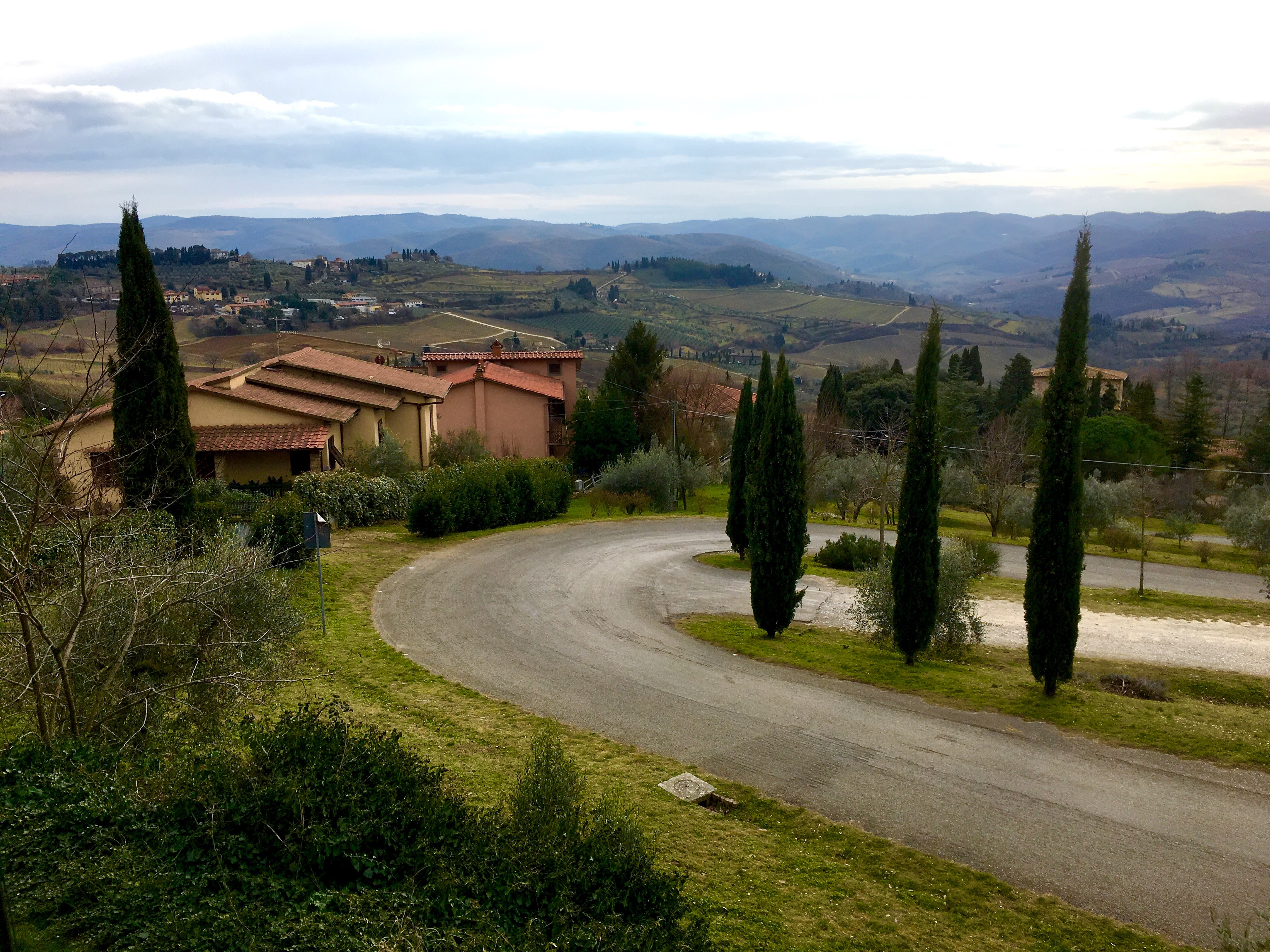Japan | Bye Tokyo
By Deran Chan
This quarter studying abroad was hands down one of the best quarters of my college career. As cliché as it sounds, I never imagined myself studying abroad because I didn’t want to miss out at UCLA, but I’m so thankful I did. After 3 months, I finally felt that I was getting into the groove of Japanese life and could successfully navigate myself around the city without taking the wrong train. However, right when I started to feel comfortable – it was time to leave! Leaving and moving were tabooed topics in our dorm since we never wanted to talk about the inevitable. Alas, we had to face reality and decided to make a calendar in our dorm study lounge with everyone’s name, along with specific dates with when each person was heading home so we could say our final goodbyes.
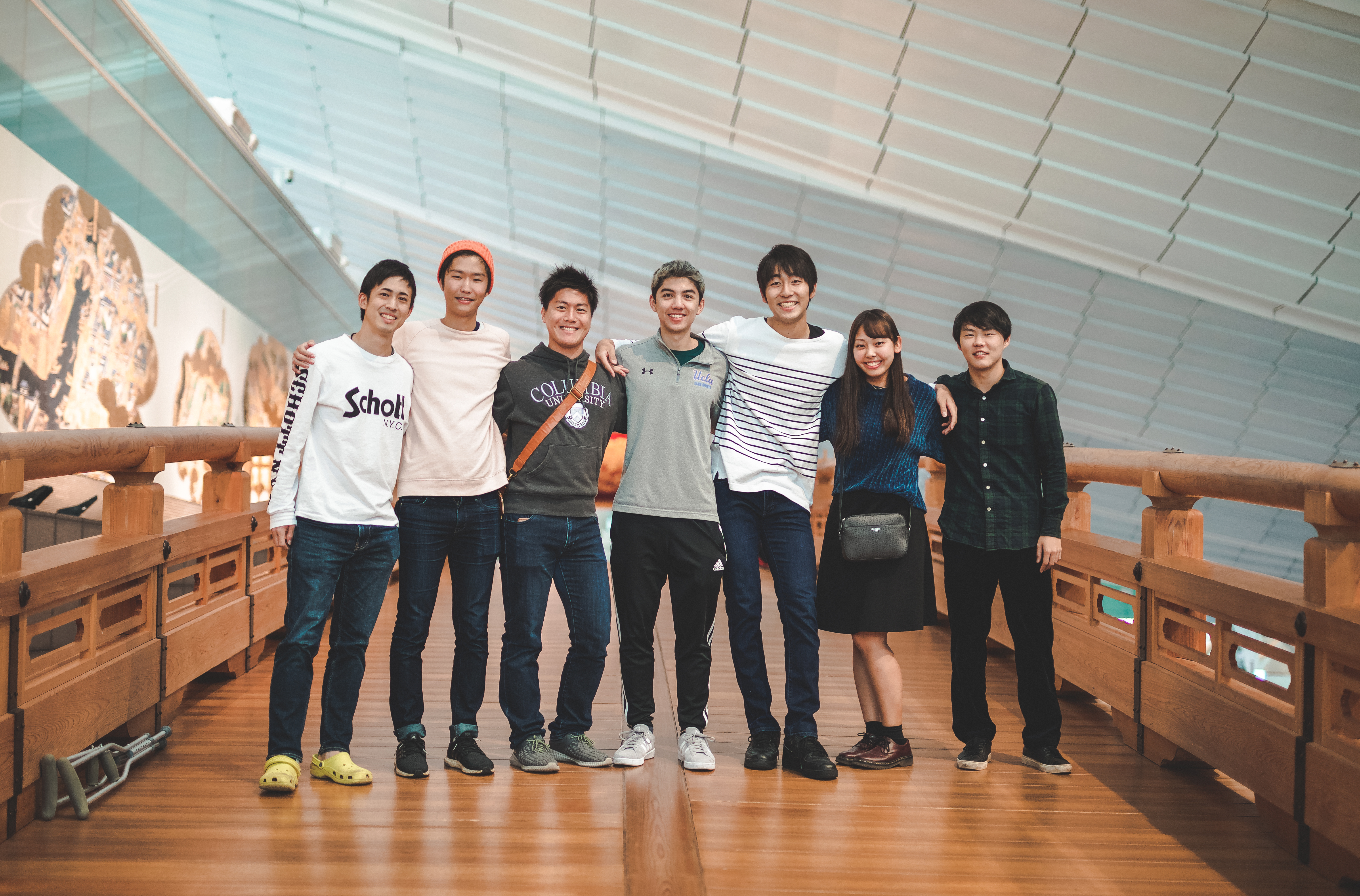
Moving out was rough. Packing all of my belongings into my suitcases and seeing nothing but a bare room was surreal. Before leaving, I had to get signatures from my supervisors and resident directors to make sure that they had record of me leaving both the university and the dormitory. On top of all of the school procedures, I was required to go to Mitaka City Hall to officially change my address and declare that I was no longer a Japanese resident, SO SAD.
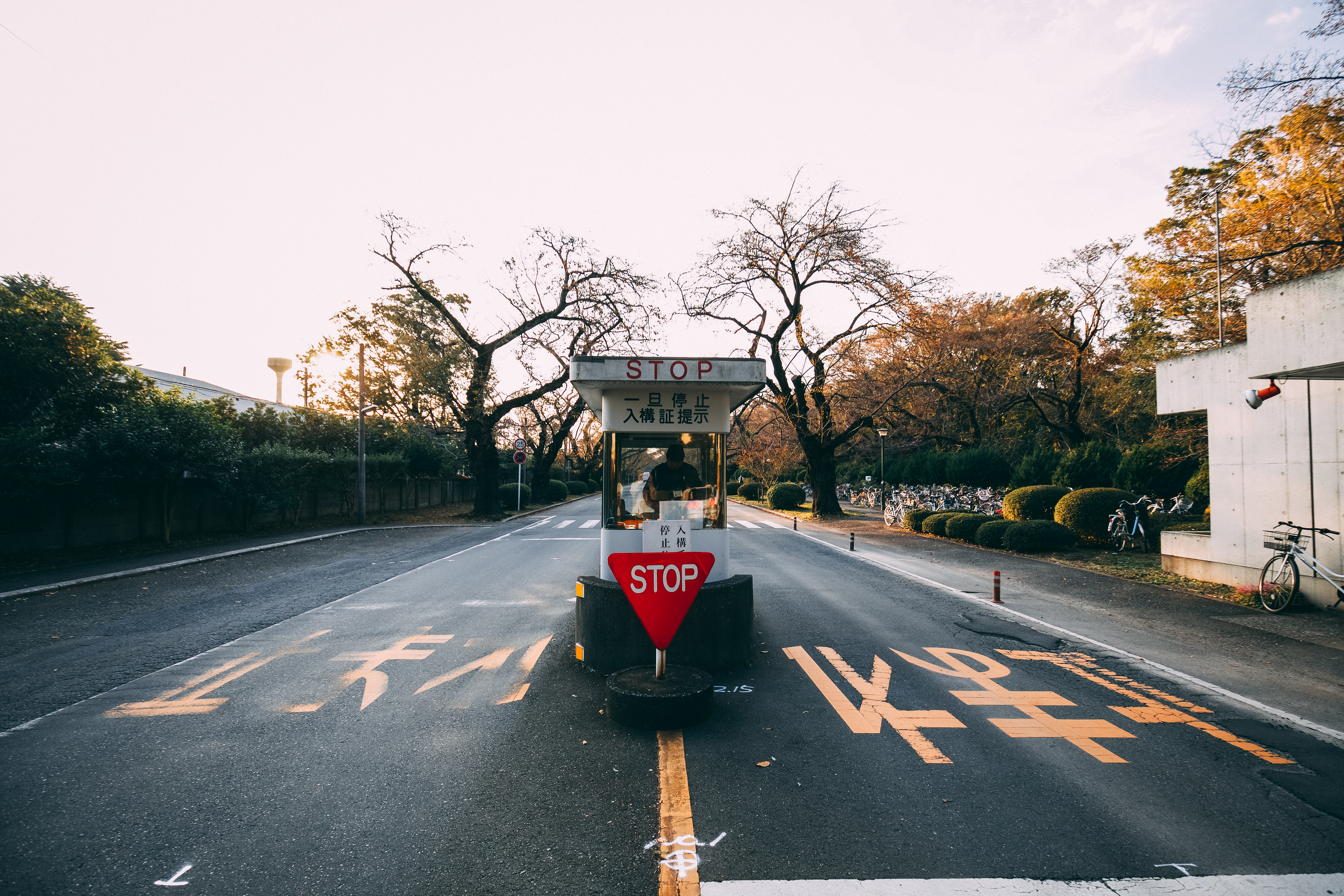

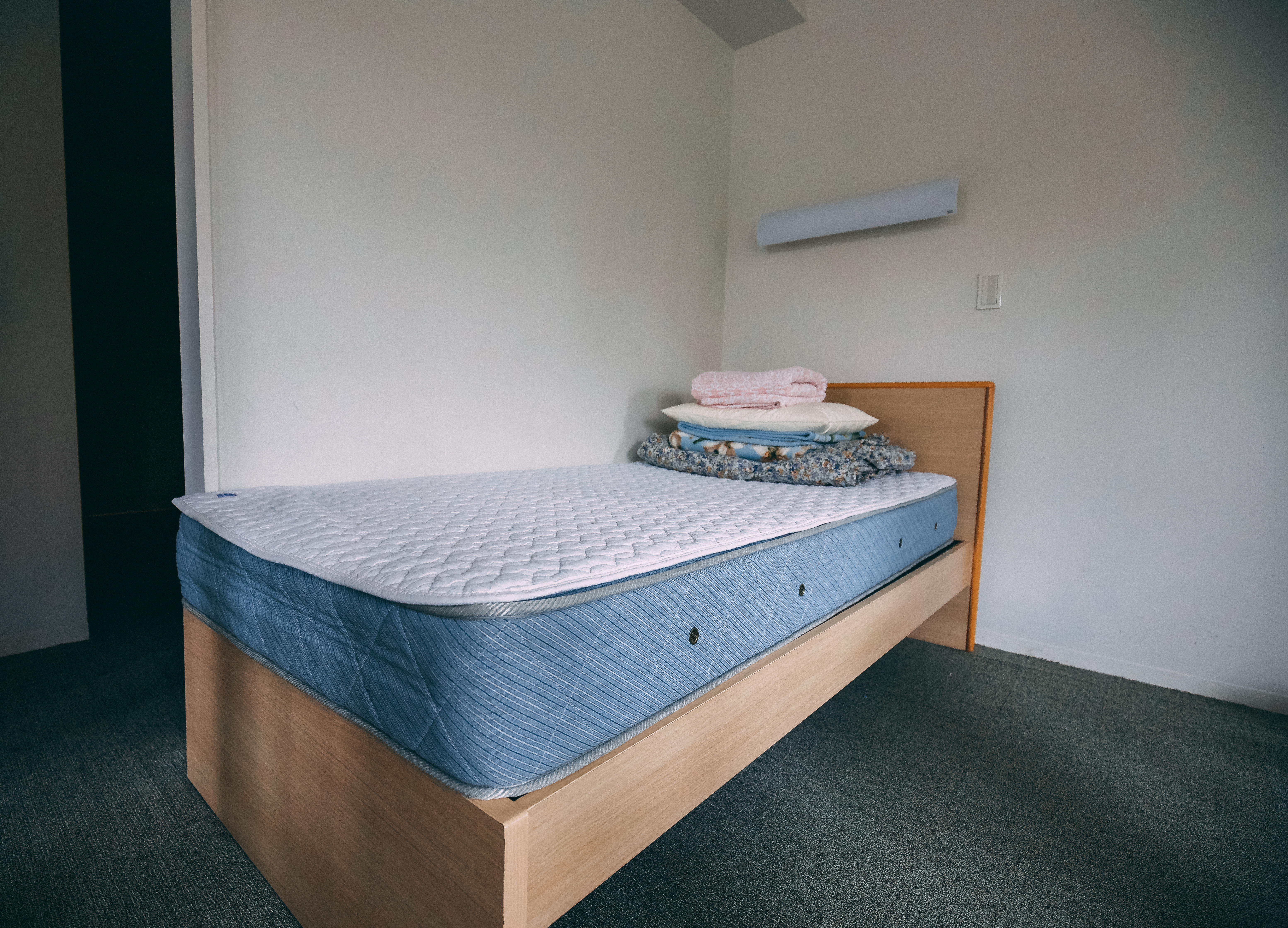
On November 22 the dreaded day had arrived – I was leaving Japan. My flight was at 7 P.M. so I left ICU at around afternoon and said goodbye to all my fellow exchange students. I took the 91 bus from the school to Musashi-Sakai Station for the last time. Above are photos from my university – the left photo is the main entrance to our school and the ones are the right are from my EXTREMELY spacious dorm room.
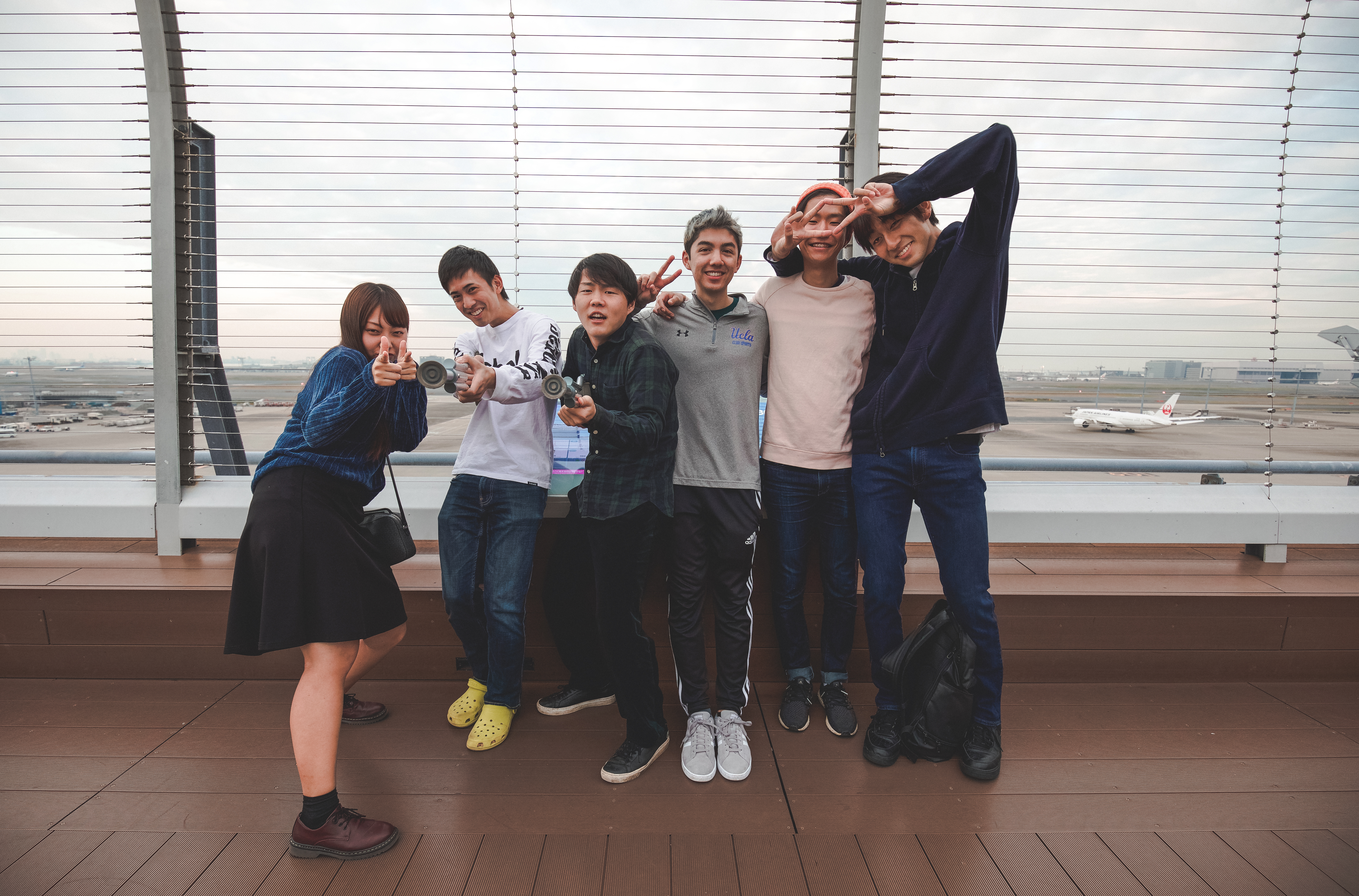
This next photo is from the main courtyard of the university. Since I went to a Christian school, there was a church in the center of campus, and this is where our matriculation ceremony was held.
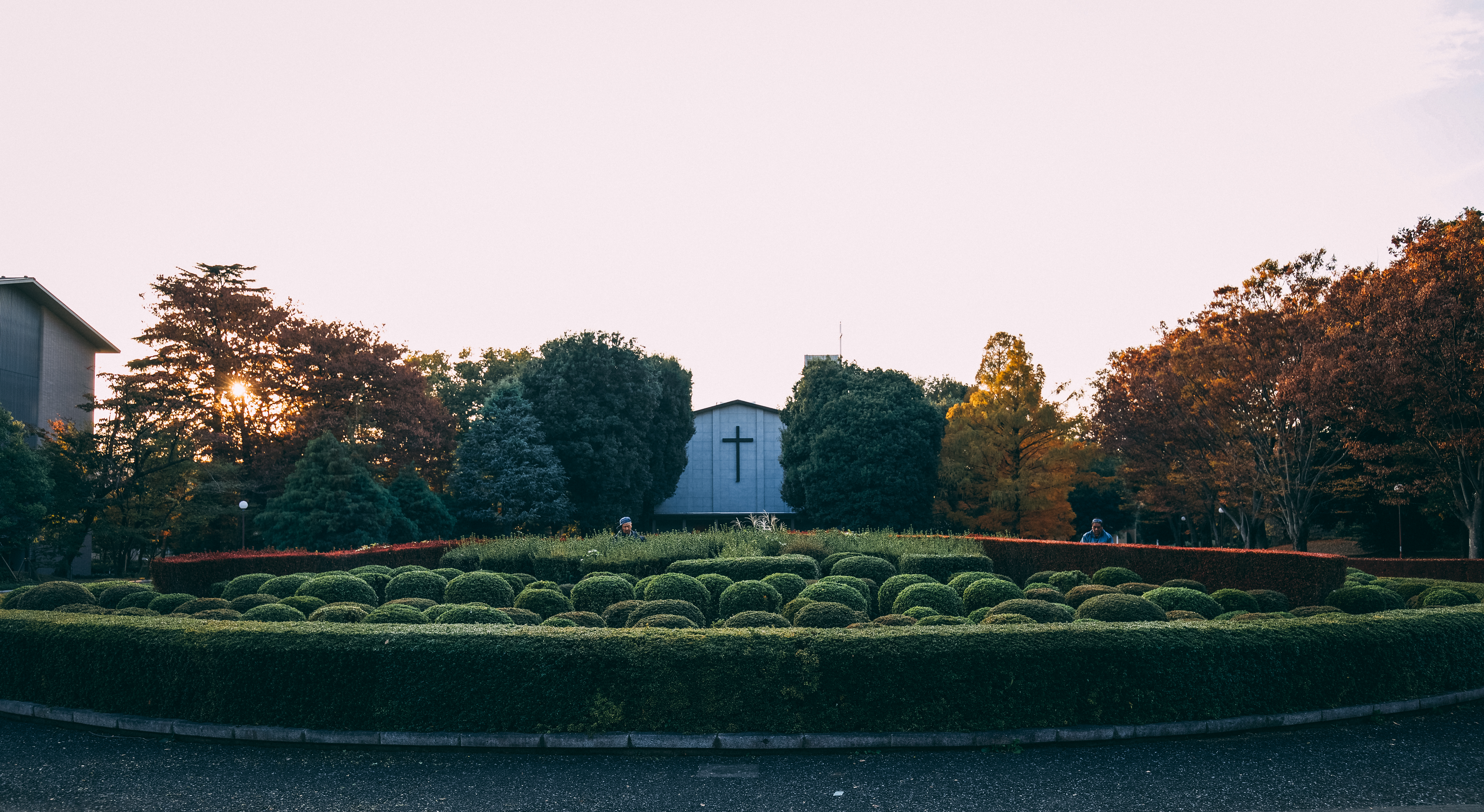
Members from Footloose were so nice and went with me to Haneda airport and I’m so grateful to have made friends so genuine and caring. Since we left the university so early, I had a bunch of time before my flight, so we had the opportunity to take photos and explore Haneda. The airport is really cool, there’s an observatory overlooking the entire airport where you can see planes taking off and landing. Saying goodbye was hard, but I am so appreciative of all the people I met and experiences I had. I also want to thank you (the reader) for taking the time to read through my blog posts, and I hope you have the chance to visit Japan one day.
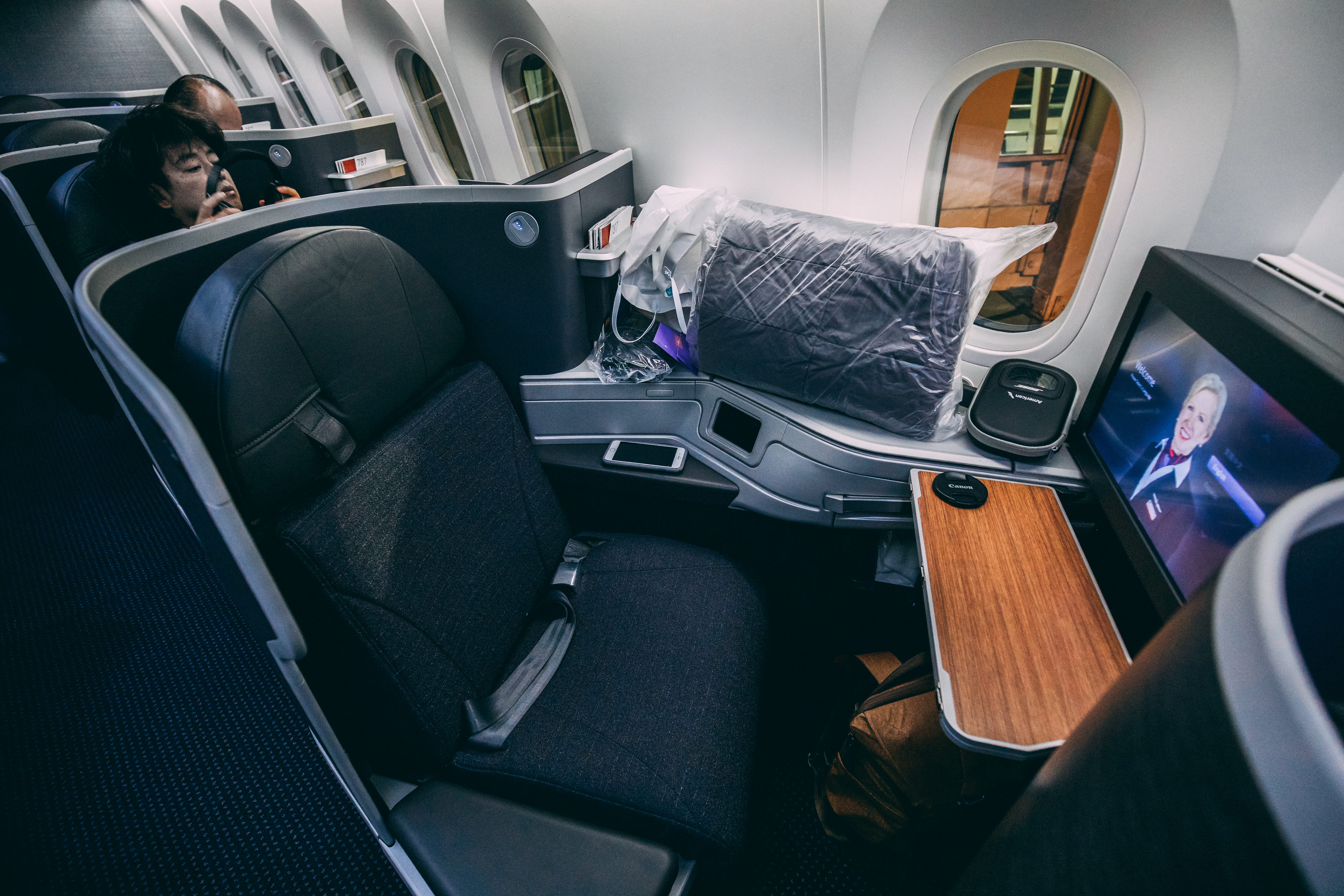

Deran Chan studied in Tokyo, Japan in 2018:http://eap.ucop.edu/OurPrograms/japan/Pages/international_christian_univ.aspx


